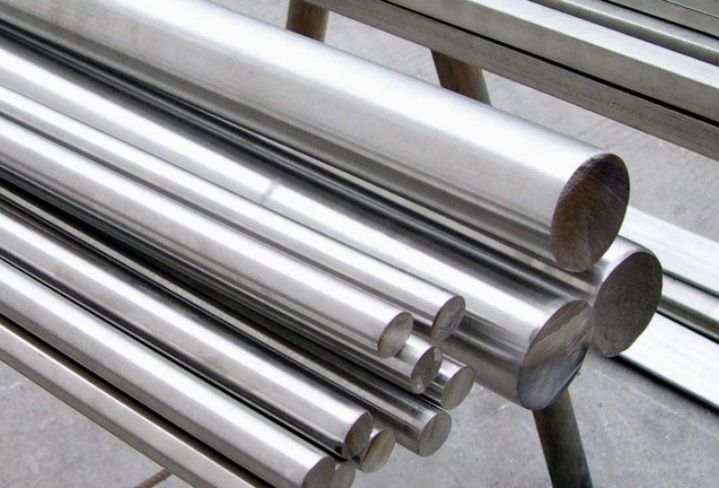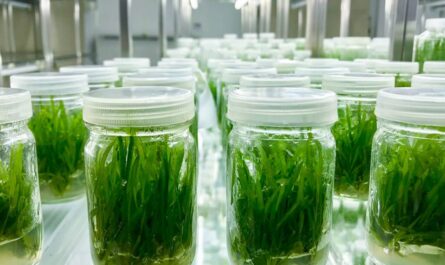Introduction
Carbon steel is one of the most widely used metallic materials across various industries due to its versatility, affordability, and mechanical properties. This article explores carbon steel in detail including its composition, properties, common applications, and future outlook.
Composition and Manufacturing
Carbon steel consists primarily of iron and a small percentage of carbon, usually between 0.2-2.1% by weight. The addition of carbon increases the strength and hardness of the material compared to pure iron but maintains good ductility. Trace amounts of other elements like manganese, silicon, phosphorus, and sulfur may also be present in the manufacturing process.
Carbon steel is produced through four main steps – mixing, melting, casting, and heat treatment. Raw materials like iron ore, limestone, and coal are mixed and melted together in basic oxygen furnaces. The molten steel is then continuously cast into semifinished products like billets, slabs, blooms or ingots. Finally, heat treatment like annealing or normalizing is carried out to achieve the desired mechanical properties.
Mechanical Properties
Due to the presence of carbon, carbon steel exhibits higher strength and hardness than low-carbon steel or pure iron. Strength can range from 200-1300 MPa depending on the specific carbon composition. Carbon steel also demonstrates good ductility and machinability along with moderate corrosion resistance.
The mechanical properties of carbon steel can be finely tuned based on cooling rates during heat treatment. Annealing involves cooling in a furnace which yields the softest and most ductile condition. Quenching after heating hardens the material by forming martensite, greatly increasing both strength and hardness. Tempering after quenching somewhat reduces hardness while improving toughness.
Common Applications
Due to its favorable cost-performance balance, carbon steel finds widespread application across countless industries and sectors. Some of its major uses include:
– Structural construction – Carbon steel forms the backbone of buildings, bridges, ships, railings etc. due to its high strength-to-weight ratio and weldability.
– Machinery manufacturing – Various machine parts, gears, bearings, hydraulic cylinders are frequently made of carbon steel for its machinability and adequate mechanical properties.
– Transportation – Automotive components, railroad tracks, cargo containers leverage carbon steel’s affordability and manufacturability.
– Pipes and tubes – Carbon steel pipes are extensively used for pipelines, drainage systems, and pressure vessels given their corrosion resistance and sealing capabilities.
– Tools and hardware – Hammers, wrenches, screws, nails, wire – various hardware items take advantage of carbon steel’s strength and shaping qualities.
– Kitchen appliances – Knives, pots, pans and other cookware often contain carbon steel for its hardness, abrasion resistance and magnetic properties.
Outlook and New Developments
Given the wide range of sectors that rely on carbon steel, its market size remains substantial. Global carbon steel production is projected to grow at a moderate pace of 2-3% annually through 2027 driven by infrastructure expansion in developing economies. Research continues on developing new carbon steel grades with improved corrosion resistance, higher strength-to-weight ratios and better formability.
New carbon steels containing alloying elements like chromium are gaining popularity for applications that demand higher corrosion resistance compared to basic carbon steels. Additive layer manufacturing or 3D printing techniques are also being explored to produce carbon steel parts with complex shapes and geometries. Overall, carbon steel’s versatile performance and economical production ensure its widespread use well into the future.
Challenges and Optimization Efforts
While Carbon Steel offers outstanding value, its usage also presents certain challenges. Primary among them is environmental impact due to pollution from steel mills. Significant carbon emissions are generated during ironmaking and steelmaking stages. Recycling scrap steel helps alleviate this to an extent.
Manufacturers are continuously optimizing production processes to reduce carbon footprint. Steps like using electric arc furnaces instead of basic oxygen furnaces and sourcing scrap metal for raw materials lower direct emissions. Investments in energy efficient practices and carbon capture technologies aim to minimize carbon steel’s environmental impact over the long run.
Quality standards also need careful maintenance as traces of harmful elements can impact various steel properties. Suppliers implement stringent quality control protocols during production to deliver consistent and defect-free carbon steel products. Regular inspections and testing ensure grades conforming to required specifications.
*Note:
1.Source: Coherent Market Insights, Public sources, Desk research
2.We have leveraged AI tools to mine information and compile it



